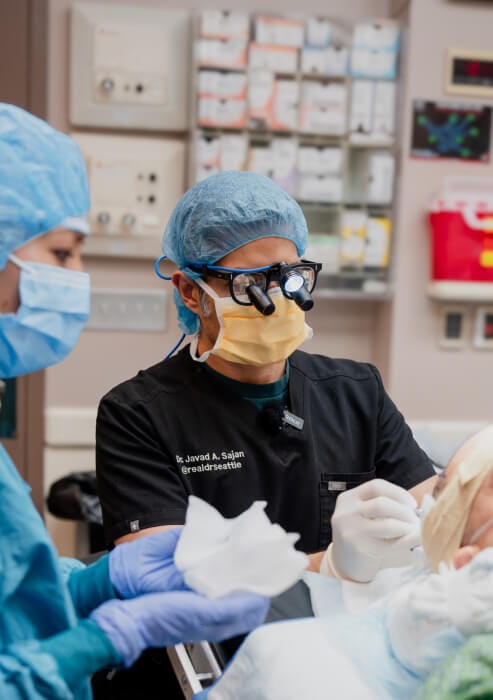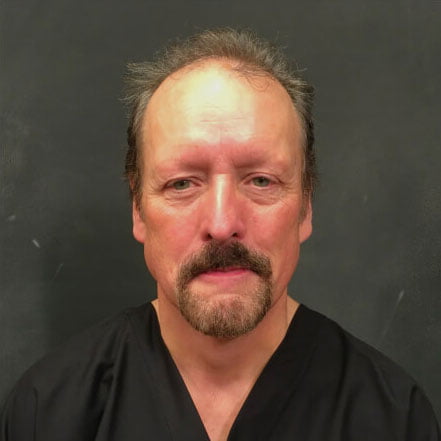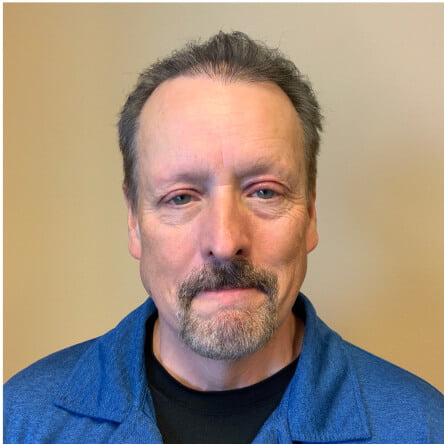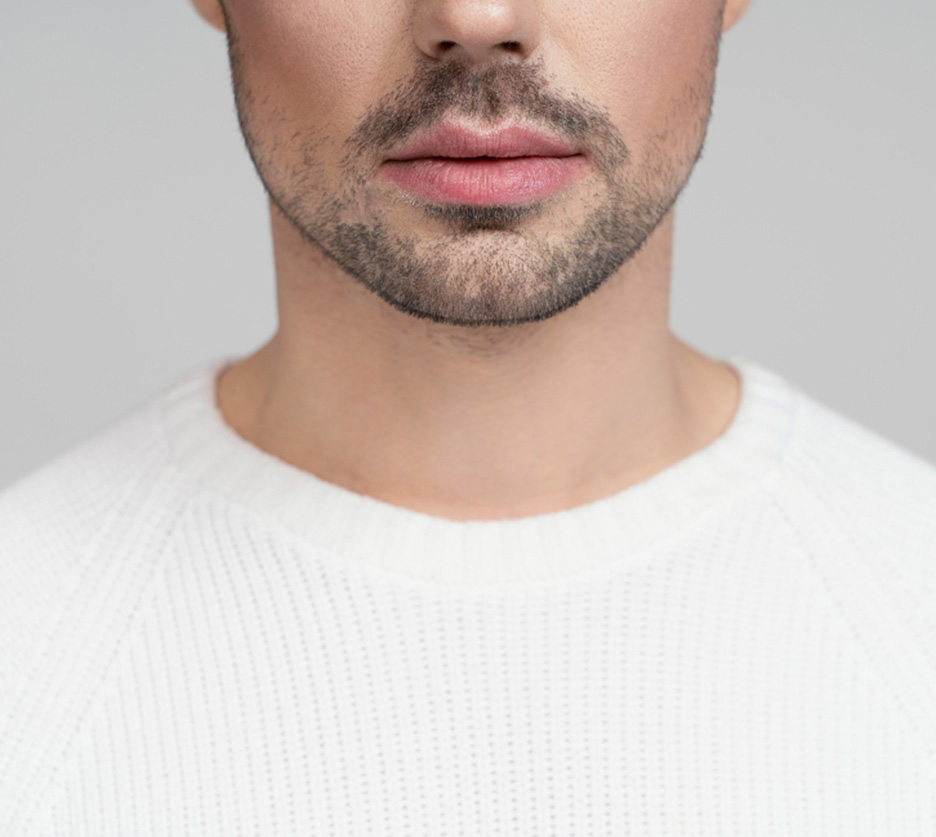
Moustache Hair Transplant
Patchy, thin, and uneven moustache growth can make your face feel incomplete. Whether due to genetics, scars, or hormonal factors, many men struggle to grow a full moustache. For some, this can be more than just a cosmetic concern, and temporary fixes like makeup, fibers, and topical solutions might not be able to provide long-term results.
A moustache hair transplant at Hair Restoration Seattle, performed by Dr. Javad Sajan, offers a permanent and natural solution. This procedure restores natural density and symmetry, giving patients the confidence and styling freedom that comes with a strong, defined moustache.
What is a Moustache Hair Transplant?
A moustache hair transplant is an upper lip hair transplant procedure that relocates your own follicles, most often from the back of the scalp or the under-jaw beard area, to the moustache region. At Hair Restoration Seattle, Dr. Sajan uses FUE (Follicular Unit Extraction) to offer precise relocation of your own hair follicles to the upper lip area. It is designed for natural growth direction.
Why Do People Get Moustache Transplants?
Some of the reasons people choose to have moustache transplants include:
- Genetic patchiness or uneven upper lip hair
- Hormonal factors or diminished androgen-driven growth
- Scarring from burns, trauma, acne, or previous surgery
- Alopecia areata with isolated patches
- Desire for sharper moustache borders and styling precision
While the reasons for seeking a moustache hair transplant can be different, everyone wants to achieve a natural, fuller look. Here are some of the benefits that come alongside this surgery:
- Sculpted facial framing and improved symmetry
- Boosted confidence in close-up and social settings
- Long-term solution
- Complete styling freedom
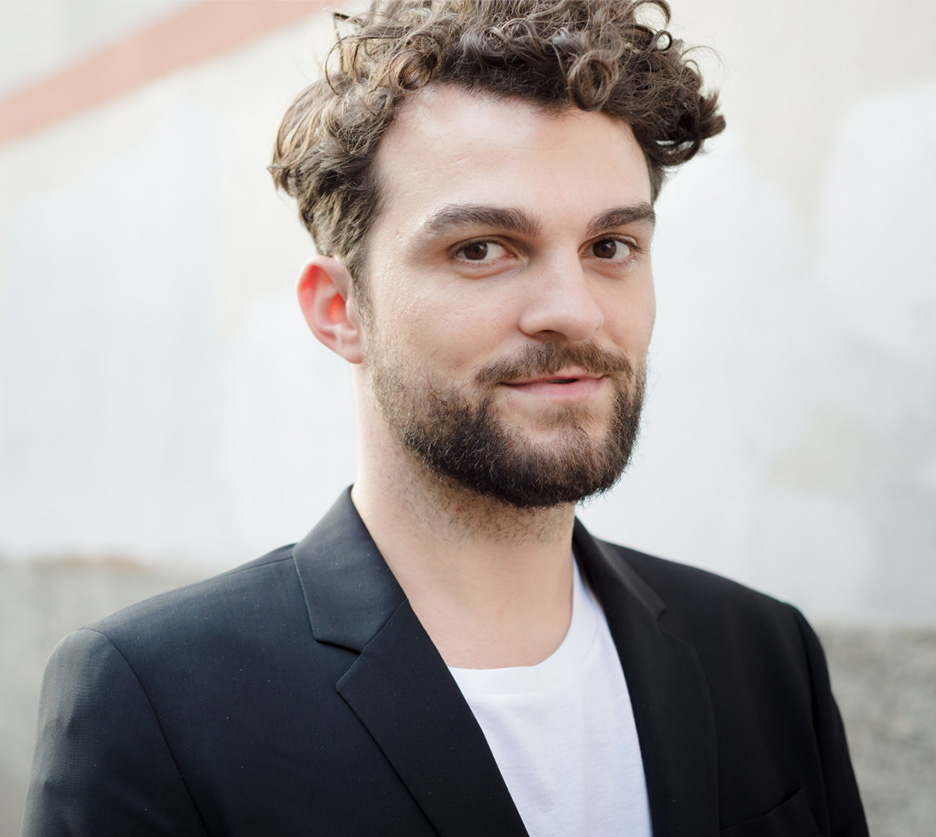
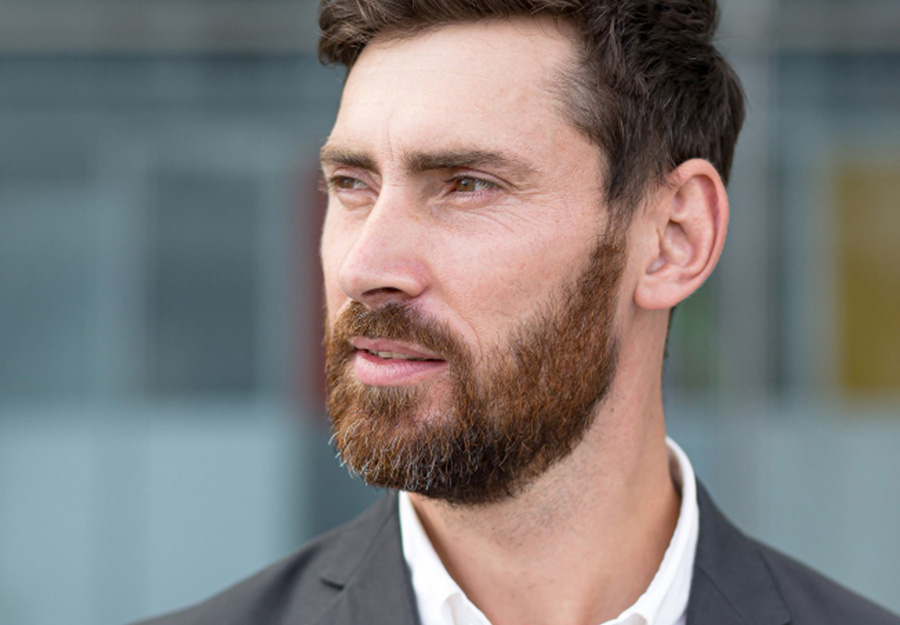
Who is a Good Candidate?
A good candidate for a moustache hair transplant includes individuals who:
- Are in good general health with a reliable donor supply
- Have no active skin infections in donor/recipient areas and no uncontrolled medical conditions that impair healing
- Can follow pre- and post-op instructions
- Hold realistic expectations about density, maturation timeline, and hair texture
How the Procedure Works
Firstly, Dr. Sajan reviews hair texture, natural growth patterns, and your personal goals. He aligns the transplantation plan with your facial proportions and your unique moustache vision.
Here is the step-by-step procedure on your treatment day:
- Arrival at the clinic: You’ll arrive at our clinic, where local anesthesia is administered to ensure comfort.
- Donor Hair Extraction: Using the FUE method, donor follicles, usually from the scalp or beard area, are harvested individually with micro-punches, leaving only tiny, dot-like marks.
- Graft Preparation & Inspection: Each graft is inspected under magnification and sorted to ensure quality. Singles are reserved for border definition, while doubles or triples are placed internally for density.
- Implantation Along Natural Growth Direction: Grafts are carefully placed at moustache-specific angles to mimic authentic direction and flow.
- Post-Procedure Instructions & Timeline: You’ll receive detailed aftercare guidance, including washing, grooming, and activity restrictions to protect your new grafts.
After a moustache hair transplant, recovery follows a predictable timeline. In the first week, you may notice mild redness, swelling, and tiny scabs that naturally flake off. By weeks two to four, the transplanted hairs typically enter a normal shedding phase.
Around 3–4 months, new hair begins to regrow, often starting as fine strands that thicken over time. Between 6–9 months, density and definition improve noticeably, and by 9–12 months, you can expect to see your final results, with a fuller moustache that can be styled, trimmed, and maintained just like your natural hair.
How Many Grafts Will I Need?
The typical range for grafts is 300–500 grafts for most moustache restorations. However, your final number depends on desired density and style, natural hair pattern and border sharpness, donor hair quality and texture match, along with scar camouflage needs.
At your appointment with Dr. Sajan, you will get a precise personalized graft plan after in-person evaluation. Compared with clinics abroad, our patients often note that while some overseas options may seem less expensive, the combination of Dr. Javad Sajan’s expertise, advanced FUE technology, and long-term safety standards provides far greater value and peace of mind.
Cost of Moustache Hair Transplant
At Hair Restoration Seattle, every moustache hair transplant is customized to the individual, so exact pricing depends on your graft count, donor source, and complexity of the procedure. We typically charge $8 per graft for a moustache hair transplant.
Risks and Recovery
Most patients experience only mild swelling, redness, and tiny scabs for a few days after a moustache hair transplant, along with temporary shedding of nearby hairs that usually grow back.
Rare risks include infection, prolonged irritation, tiny donor scars, or the need for a small touch-up if growth is uneven. At Hair Restoration Seattle, Dr. Javad Sajan minimizes these risks through strict sterile techniques, careful graft placement, and detailed aftercare with follow-up visits to guide washing, grooming, and styling.
Alternatives to Transplant
The alternatives to transplant include:
Non-surgical options
- Minoxidil (off-label for face): May encourage vellus-to-terminal conversion; can irritate skin—discuss with your provider
- Mesotherapy / PRP: Supportive therapies; evidence varies for facial hair
- Derma rolling / microneedling: May support growth factors; requires careful technique
- Hormonal therapy: Only when clinically indicated and supervised
Cosmetic options
- Makeup or fiber fillers: Quick coverage, washes off daily
- Micropigmentation: Tinted illusion of density; does not add texture or 3D hair
These options can help temporarily, but transplantation is the only method that relocates living follicles for lasting moustache density.
Why Choose Dr. Javad Sajan?
- Surgeon experienced in providing expert FUE moustache transplants
- Micro-tool FUE and refined implantation angles for natural flow and borders
- Patient-first care: clear expectations, comfort-focused anesthesia, and supportive follow-up
- High satisfaction driven by personalized design
Ready to Restore Your Confidence?
Book your free consultation with Dr. Sajan by calling (206) 209-0988, chatting with us, or booking online.
FAQs
Q: Can a moustache be transplanted?
Q: Can you get a hair transplant for a moustache if you have scars?
Q: How many grafts do I need for a moustache?
Q: How much does a moustache scar hair transplant cost?
Q: Can a moustache grow over a scar?
Q: Does insurance cover hair transplants?
Q: When will I see results?
Q: Will the transplanted hair look and behave like my moustache?
